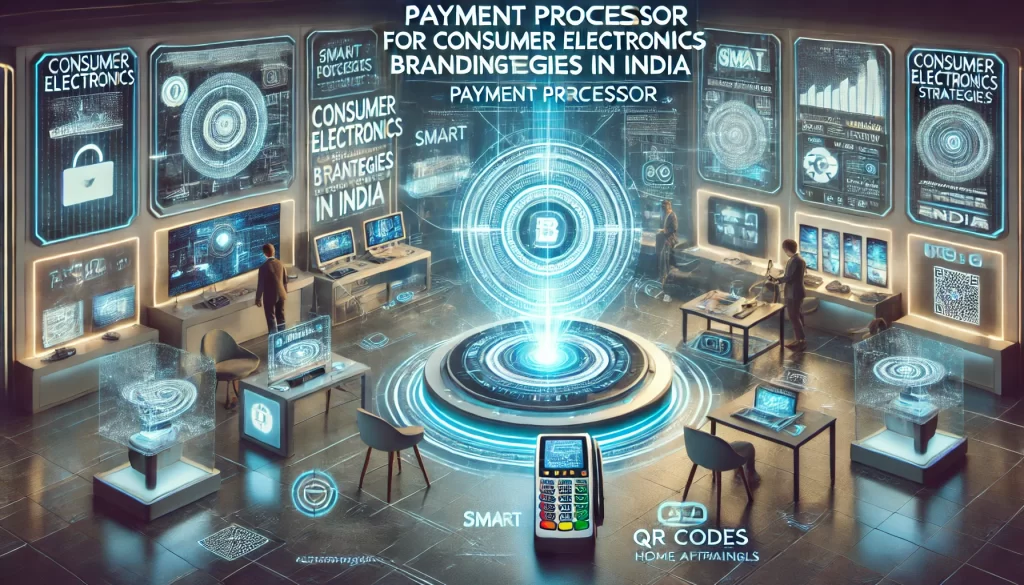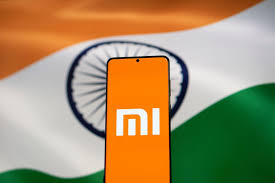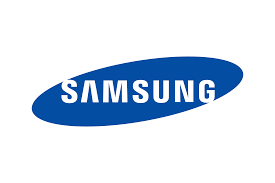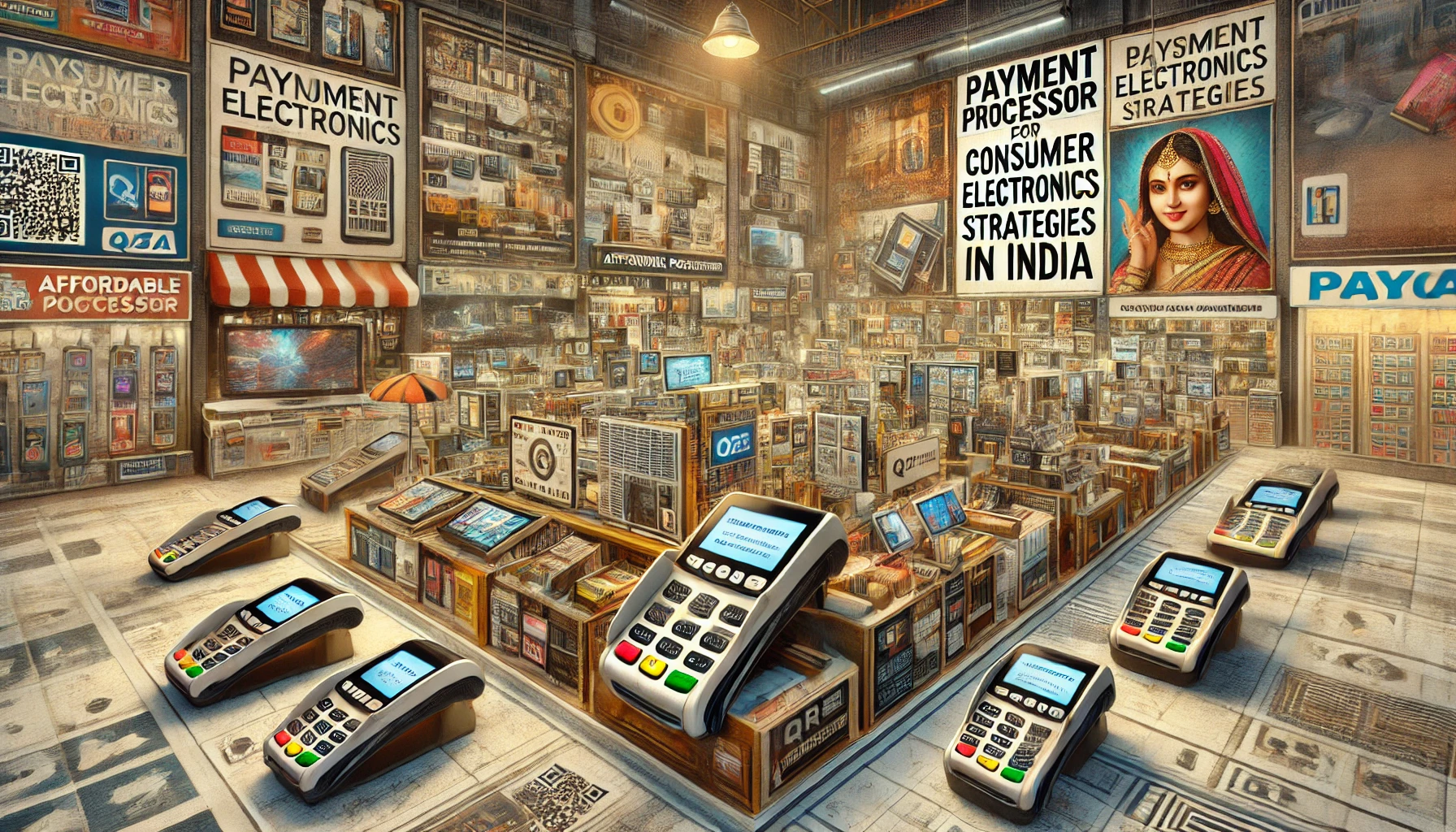Author: Shin Hari
Introduction
The Indian market for consumer electronics is one of the fastest-growing in the world. With an increasing number of tech-savvy consumers and the rise of e-commerce, brands are constantly evolving their marketing strategies to capture consumer attention. While branding plays a significant role in standing out in this competitive sector, payment processors are an equally important element in delivering a seamless customer experience. In this article, we’ll discuss how payment processors[1] impact the branding strategies of consumer electronics brands in India and how both can work together to boost growth and customer loyalty..
Understanding the Indian Market
India is a unique blend of diverse cultures, demographics, and preferences. The consumer electronics market here ranges from high-end gadgets to budget-friendly devices. Urban consumers demand cutting-edge technology, while rural buyers focus on value for money. This diversity makes targeted branding crucial.
The Role of Payment Processors in Consumer Electronics Branding

In India, where digital transactions are on the rise, the payment process is an integral part of the shopping experience. For consumer electronics brands, a smooth payment system can help improve customer satisfaction, increase conversions, and enhance overall brand image. Let’s dive into the key ways in which payment processors contribute to branding strategies in India.
Popular Payment Processors in India
India’s payment ecosystem is diverse, and several processors cater to different segments of the population. Here are some of the most commonly used payment processors in the country:
1. UPI (Unified Payments Interface)
UPI has transformed digital payments in India. It offers instant, direct bank-to-bank transfers with minimal transaction fees. UPI’s ease of use and widespread adoption make it a go-to payment method for many consumers, particularly in the consumer electronics[2] space. Brands that accept UPI payments make it easier for customers to complete transactions quickly.
2. Paytm
As one of India’s top digital wallets, Paytm is widely utilized for various activities like online shopping, paying bills, and everyday financial transactions. Its extensive user base makes it a preferred platform for consumer electronics brands aiming to connect with tech-savvy audiences. Offering Paytm as a payment option can increase brand reach and credibility.
3. Razorpay
Razorpay is a leading payment gateway provider in India that helps businesses accept payments online through various modes, including credit/debit cards, UPI, wallets, and more. Razorpay’s ease of integration and diverse payment options make it a good choice for brands looking to simplify their payment processes.
4. PhonePe
PhonePe is another digital wallet gaining popularity in India, especially among urban consumers. Known for its user-friendly interface, PhonePe is ideal for brands aiming to provide a quick and efficient checkout experience.
5. Google Pay
Google Pay’s integration with the Google ecosystem makes it a popular choice among users of Android devices. Its secure, one-tap payment feature provides added convenience, which can benefit consumer electronics brands by providing a seamless and reliable payment option for their customers.
Adapting to Changing Payment Trends
With India’s digital landscape evolving, consumer behavior is also shifting. As more Indians embrace digital payments[3], payment processors are playing an even greater role in branding.
- Mobile Payments: Mobile wallets and UPI are becoming the preferred methods for online transactions, and brands must adapt their payment systems accordingly. Mobile-first payment processors are essential for companies aiming to tap into India’s rapidly growing smartphone market.
- Contactless Payments: As COVID-19 has accelerated the need for contactless transactions, integrating payment processors that support NFC and QR-based payments has become increasingly important for consumer electronics companies.
- The Intersection of Payment Processors and Branding Payment processors not only handle transactions but also play a vital role in shaping the overall branding strategy of consumer electronics companies. Here’s how payment processors influence branding:
- Convenience and Trustworthiness When a brand offers a seamless payment[4] experience, it reflects positively on the brand’s image. A payment processor that supports quick, hassle-free transactions builds trust with customers, which is vital in retaining brand loyalty. The more convenient and secure the payment process, the more likely customers are to return to the same brand for future purchases.
- Personalized Experiences
- Payment processors enable brands to offer personalized experiences, such as discounts, loyalty rewards, and special offers based on customer behavior. This not only enhances the customer experience but also reinforces the brand’s commitment to valuing its customers.
- Building Consumer Loyalty
- Brands can integrate loyalty programs into their payment solutions to reward customers for repeat purchases. For example, offering cashback or reward points for each transaction can incentivize consumers to return to the same brand. This further strengthens brand loyalty.:
Consumer Electronics Branding Strategies in India

Branding in the consumer electronics space in India requires more than just offering high-quality products. Companies must focus on building trust, ensuring an outstanding customer experience, and engaging in strategic marketing to stand out from the competition. Here are several branding strategies[5] that have proven effective in the Indian market:
Payment Processors as a Key Element in Branding
While branding strategies focus on creating a lasting impression on customers, payment processors play a crucial role in shaping customer experiences. A seamless payment process is an extension of the brand’s identity, and choosing the right payment processor can align with a company’s broader branding efforts.
Case Studies of Successful Payment Processor Integration
1. Xiaomi India

Xiaomi, a major player in the Indian consumer electronics market, has successfully integrated multiple payment options into its branding strategy. It uses payment processors like UPI and Paytm for exclusive offers and discounts, making it easier for consumers to purchase their products. Xiaomi’s frequent cashback offers and EMI options also contribute to its success in the Indian market.

2. Samsung India
Samsung’s partnership with various payment processors like Google Pay, UPI, and Paytm has made it easier for customers to purchase their smartphones and other electronic products. Samsung often offers discounts for using specific payment methods, boosting its sales and reinforcing its customer-centric brand image.
Conclusion
In India’s competitive consumer electronics market, the relationship between payment processors and branding strategies is vital for success. Payment processors enable seamless transactions, secure payments, and flexible options, all of which enhance the overall customer experience. Meanwhile, strong branding strategies, including emphasizing innovation, offering promotions, and ensuring excellent customer service, are crucial for establishing a brand’s presence. By effectively combining these two elements, consumer electronics brands in India can position themselves for long-term growth and success in the market.
FAQs
- How do payment processors improve the customer experience in consumer electronics?
Payment processors streamline the payment process, making it secure and quick, which leads to a better shopping experience and increased trust in the brand. - Why is social media important for consumer electronics branding in India?
Social media helps brands engage directly with their audience, promote new products, and build relationships, making it an essential tool for brand awareness and loyalty. - What are some common branding challenges for consumer electronics companies in India?
Price sensitivity, intense competition, and payment security concerns are key challenges that brands must address to succeed in the Indian market. - How can payment processors support brand loyalty?
By offering flexible payment options, discounts, and loyalty rewards, payment processors help brands create personalized experiences that drive repeat business and customer loyalty. - How can a consumer electronics brand expand its reach in India?
By leveraging digital marketing, localizing products, offering promotional deals, and partnering with trusted payment processors, brands can effectively expand their reach in the diverse Indian market.

